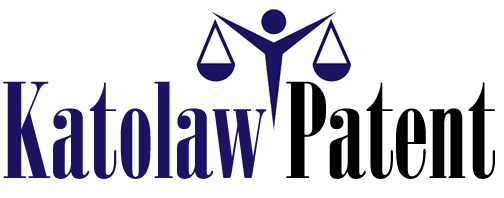Being fired is never easy—especially when you believe it was illegal or unjust. Whether you were let go after reporting misconduct, taking protected leave, or experiencing discrimination, you may be wondering: What happens next? How do you actually file a wrongful termination claim, and what can you expect during the process?
The good news is you don’t have to navigate this alone. With the right preparation and legal support, you can take meaningful steps toward holding your employer accountable. In this post, we’ll walk you through the key phases of a wrongful termination claim—so you know what to expect every step of the way.
Step 1: Determine If You Have a Valid Claim
Before filing anything, you’ll need to figure out if your termination was legally wrongful. Being fired unfairly doesn’t always equal illegal firing. But if your dismissal violated federal or state laws, you may have a strong case.
Common examples of wrongful termination include:
- Retaliation for reporting harassment, discrimination, or illegal activity
- Firing after taking protected leave under FMLA or ADA
- Termination due to race, gender, religion, age, disability, or another protected class
- Being let go for whistleblowing
- Breach of an employment contract or company policy
If your firing fits into one of these categories, it’s time to consult with an employment attorney. Many offer free initial consultations and can help assess whether your case qualifies.
Step 2: Gather and Organize Evidence
Once you suspect wrongful termination, start gathering documentation immediately. You’ll need evidence to support your claim and prove that your employer’s stated reason for firing you isn’t the full story.
Helpful documentation includes:
- Emails, texts, or memos related to your termination or complaints
- Performance reviews and work records
- Copies of HR complaints or reports you submitted
- Witness statements from coworkers (if available)
- Your employee handbook or employment contract
Organize everything by date, and keep copies in a secure place—preferably outside of any company devices or accounts.
Step 3: File a Complaint with the Appropriate Agency
Depending on the nature of your claim, you may need to file with a government agency before you can sue:
- For discrimination or retaliation based on race, gender, religion, etc., file with the Equal Employment Opportunity Commission (EEOC).
- For state-level violations, you may need to file with your state’s labor or human rights agency.
- For whistleblower cases, FMLA violations, or wage disputes, different federal or state agencies may apply.
Important: The EEOC typically requires you to file within 180 to 300 days of the incident, depending on your state. Missing this deadline could bar you from suing later.
Once you file, the agency may investigate, attempt mediation, or issue a “Right to Sue” letter—which allows you to pursue a lawsuit in civil court.
Step 4: Decide Whether to Settle or Sue
After filing with the appropriate agency, your case may go in one of several directions:
- Mediation or settlement talks: In many cases, your employer may agree to a financial settlement to avoid a lawsuit.
- Investigation by the agency: The EEOC or another agency may look into your complaint, interview witnesses, and review evidence.
- “Right to Sue” letter: If the agency doesn’t resolve the case, they’ll usually issue this letter so you can proceed with a private lawsuit.
Your attorney will help you weigh your options. Sometimes, settling early makes sense. Other times, going to court is the best way to achieve justice and full compensation.
Step 5: File a Lawsuit (If Needed)
If you decide to file a lawsuit, your attorney will draft and file a complaint in civil court. This document outlines the facts of your case, the laws that were violated, and what damages you’re seeking (such as lost wages, emotional distress, or punitive damages).
Once your lawsuit is filed, the legal process begins:
- Discovery: Both sides exchange evidence, take depositions, and build their arguments.
- Motions: The employer may try to get the case dismissed; your attorney will respond.
- Trial or settlement: Many cases settle before trial, but some go to court where a judge or jury decides the outcome.
Lawsuits can take several months to over a year, depending on complexity and whether the case settles.
What Can You Recover in a Wrongful Termination Case?
If your claim is successful, you may be entitled to:
- Lost wages and benefits
- Future lost earnings
- Emotional distress damages
- Punitive damages (if your employer’s actions were especially egregious)
- Legal fees and court costs
- Reinstatement, in some cases
The value of your case depends on the facts, evidence, and damages you’ve suffered. A qualified attorney can help you estimate what your claim may be worth.
Final Thoughts: Take Action Early
Wrongful termination can derail your finances, career, and confidence. But you don’t have to stay silent—or stay stuck. If you suspect you were fired for an illegal reason, start documenting your case, seek legal advice, and know your rights.
Time limits are short, and your employer may already be preparing their defense. The sooner you act, the better your chances of holding them accountable. We recommend wrongful termination lawyers maryland.

